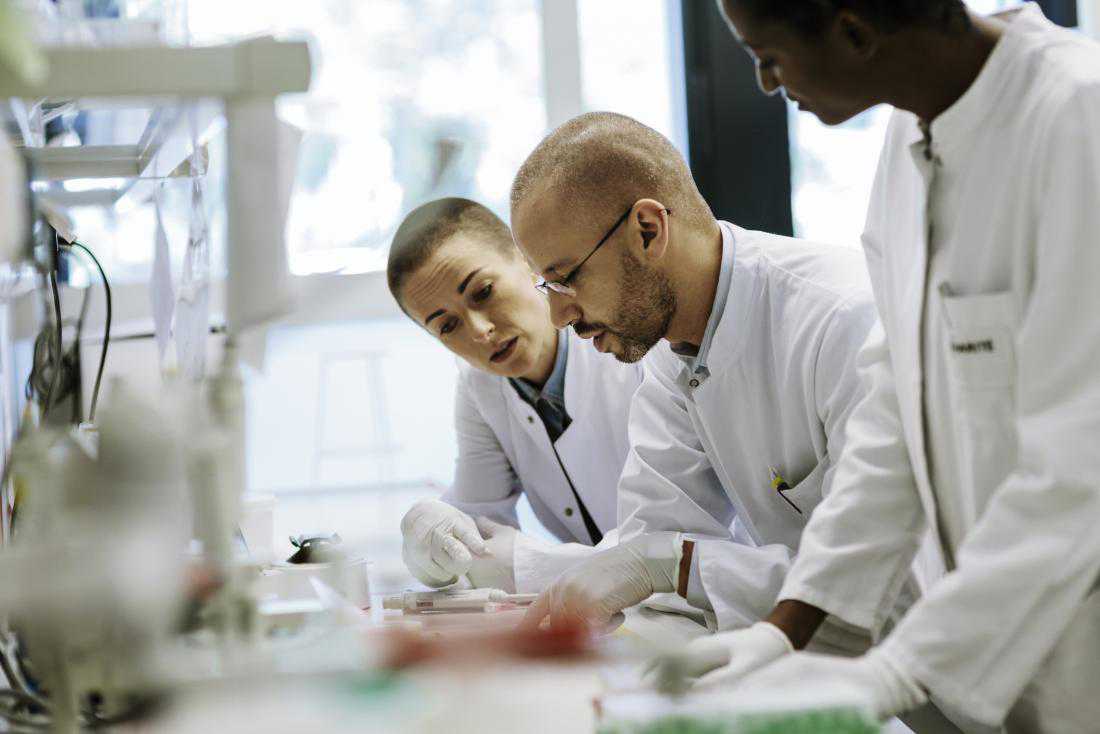A new wearable device may detect cancer with more precision
02 April, 2019

Researchers from the University of Michigan have developed and are now testing a device they call "the epitome of precision medicine" that detects cancer in circulating blood.
"Nobody wants to have a biopsy," says Dr. Daniel Hayes, the Stuart B. Padnos, Professor of Breast Cancer Research at the University of Michigan Rogel Cancer Center in Ann Arbor.
Biopsies are invasive and can be uncomfortable, yet they are currently the most accurate method of determining whether or not a person has cancer.
But, Dr. Hayes suggests, "If we could get enough cancer cells from the blood, we could use them to learn about the tumor biology and direct care for the patients."
Dr. Hayes and his team have recently developed a wearable device that can "filter" circulating blood for cancer cells that — if it passes all the tests — could replace liquid biopsies where healthcare professionals take blood or urine samples from individuals to look for markers of cancer.
Cancer tumors release cells into the blood, which means that, in theory at least, by taking a blood sample and analyzing it, a specialist should be able to detect the presence of cancer.
However, this is easier said than done, since, even in people who have malign tumors, blood samples may not reveal much, or anything at all, as cancer cells their tumors release into the blood circulate quickly, and may not show up in a single blood sample.
Spurred by this complication, Dr. Hayes and his University of Michigan colleagues have come up with a device that can do all the work of liquid biopsy testing but by actually "scanning" the bloodstream for cancer cells.
For the time being, the team has tested this device in dogs and reports the findings in the journal Nature Communications.
Challenges in reaching an effective design
The researchers explain that although most cancer cells that end up in the bloodstream do not survive for long, those that do survive may end up in different parts of the body and form a new, metastatic tumor.
wearable biopsy alternative device developed by tae hyun kim and team
The wearable device is about 2 by 2.75 by 1 inch.
Image credit: Tae Hyun Kim, Ph.D.
For this reason, it is important to detect the presence of cancer as soon as possible and target it with adequate treatment, preventing it from spreading and doing further damage.
When they decided to try and develop a wearable device for the screening of cancer cells in the blood, Dr. Hayes and colleagues faced a series of obstacles that they had to circumvent.
Firstly, the device is about 2 by 2.75 by 1 inch in size, but it must fit all the technology of blood screening and analysis that typically amounts to machines as tall as a desk. Then, they had to find ways of making this wearable device effective and safe.
"The most challenging parts were integrating all of the components into a single device and then ensuring that the blood would not clot, that the cells would not clog up the chip, and that the entire device is completely sterile," explains the study's first author, Tae Hyun Kim, Ph.D.
The team did come up with some creative solutions for all these problems. Firstly, they found a way of mixing the blood running through the device with an anticoagulant (anti-blood clotting agent) — heparin. Then, they came up with a way of making sure that the device remained sterile without affecting the antibodies on the chip that help identify the cancer cells.
As for the chip that lies at the core of this device, the researchers explain that it uses graphene oxide to create a "filtering" mechanisms tipped with antibodies that are able to capture over 80 percent of cancer cells present in the blood.
TAG(s):
